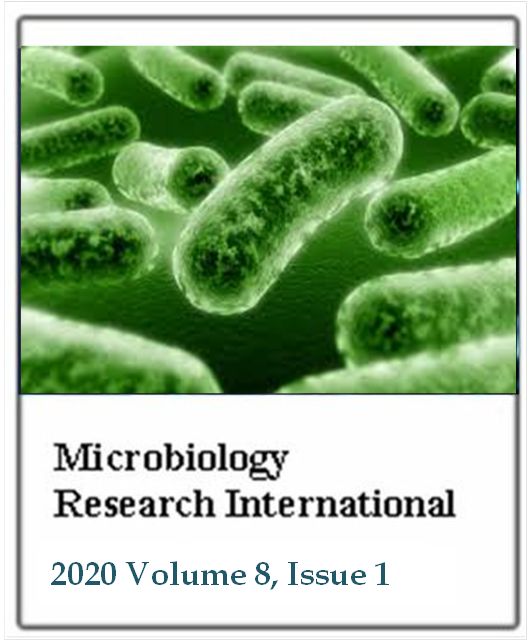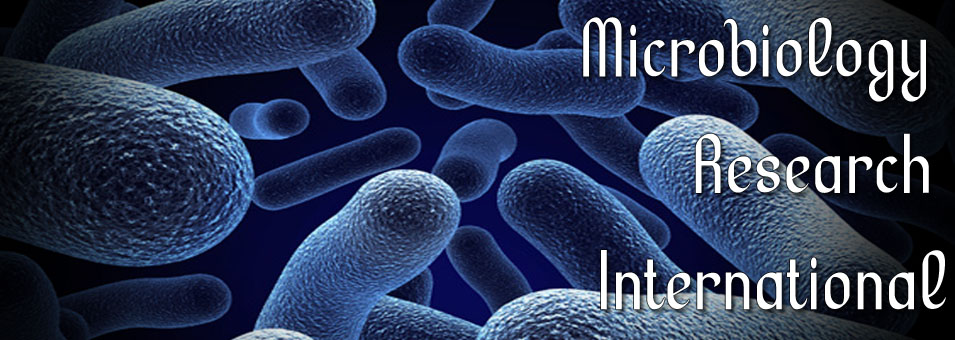Recent trends for detection, quantification and identification of microorganisms in food industry
Hans Fröder, Marion Ruis, Tainá Drebes, Aldo Baccarin, Magnólia Martins Erhardt, José Roberto de Assis Ribeiro and Selma Soares de OliveiraMicrobiology Research International
Published: January 21 2020
Volume 8, Issue 1
Pages 10-14
DOI: https://doi.org/10.30918/MRI.81.19.035
Abstract
Phenotypic characterization of microorganisms was originally performed using culture and physiological/biochemical methods. Throughout the 90s, traditional PCR was being replaced by the second-generation PCR, the real-time PCR (qPCR). This method is very effective for negative screening and also to confirm an isolate. However, limitations of qPCR are the inability to distinguish viable from dead cells and the sensitivity of amplification reactions to inhibitors. Sensitivity, specificity, robustness, time of response and the cost per analysis are often the criteria used for choosing a bacteria identification protocol. In this context, bacterial identification based on MALDI-TOF MS is becoming a method of choice for determining the genus, species and even subspecies of bacterial and fungal isolates in food analysis. MALDI-TOF MS is a promising method to identify bacteria and yeast in a few minutes directly from colonies grown in culture dishes. However, the identification of new isolates is possible only if the spectral database contains fingerprints of peptide mass from the strain type of specific microorganism. All current methods have their own guarantees, and so far, no method meets all attributes desidered by the laboratory; therefore, recent research studies are associating two or more methods with different technologies.
Keywords: Microorganisms, food, alternative methods, qPCR, MALDI-TOF MS, technology.
Full Text PDF
